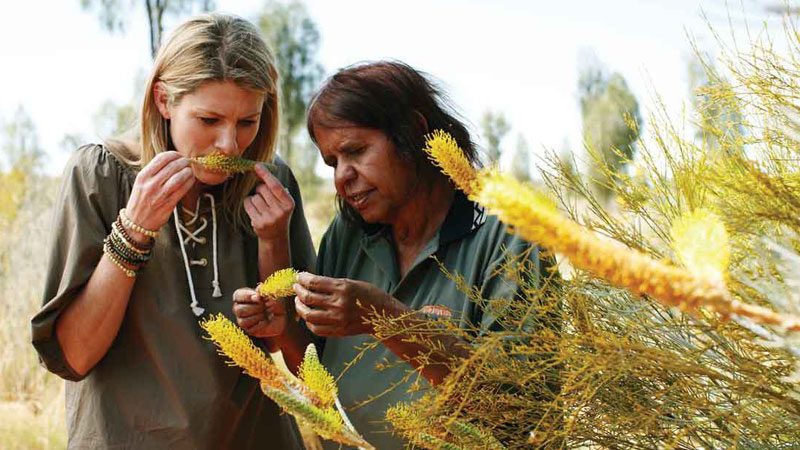We’re lucky to live in a country that has thousands of edible plant species – including some that you simply can’t find anywhere else in the world. The only downside is that most home cooks don’t know where to start when it comes to cooking with native ingredients.
Thankfully we’ve called in award-winning chef and native food expert Andrew Fielke to guide us through the ins and outs of cooking Australian cuisine. The best bit, according to Fielke, is that using native ingredients doesn’t mean building a new dish from scratch. Instead use your imagination to substitute ingredients in the meals you already love.
‘Lemon myrtle, kaffir lime leaf and lemon verbena have really similar flavour profiles,’ says Fielke. ‘When I smelled lemon myrtle for the first time it smelled so much like kaffir lime, yet it was so different, so I used it in curry to replace kaffir lime. These are the sorts of natural progressions I made as a young chef learning to cook with these ingredients.’
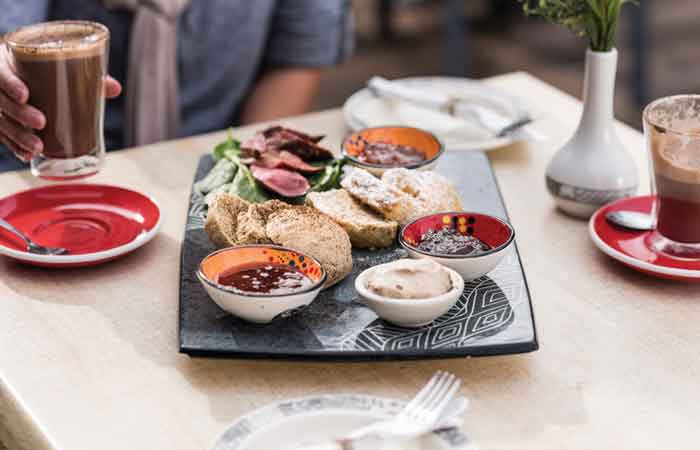
Image c/o Tourism Australia
The benefit of using native ingredients is that they’re ecologically sound and more resistant to Australia’s challenging climate. This natural adaptation makes them easier for producers to grow and harvest, and increasing demand for local products from consumers helps support our agriculture industry. That means eating native flora and fauna is both good for the environment and for the country!
Here are some easy ingredients you can substitute in the kitchen.
Lemon Aspen
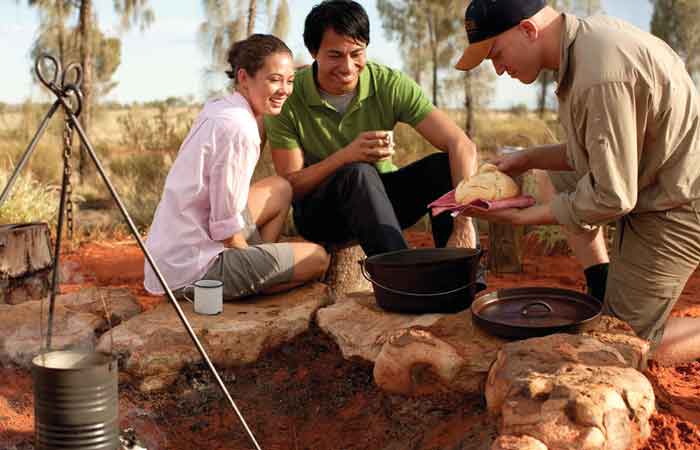
Image c/o Tourism Australia
This distinctive pale lemon coloured fruit from northern Queensland lends your dishes a tangy eucalyptus and citrus flavour. Fielke suggests using lemon aspen in salad dressings, as the base for a cordial or part of a dukkah mix. A great combination when baking is to pair it with vanilla too. Lemon aspen is available as a cordial, frozen fruit or powder.
River Mint
River Mint is a wild native mint varietal that grows close to the River Murray. It can easily be swapped for peppermint or Vietnamese mint. The taste is more subtle but it can still be substituted wherever mint is used, such as in roasts, salads and desserts. It also sounds way more legit at a dinner party to announce that your panna cotta is flavoured with ‘River Mint’. Major culinary brownie points right there.
Wattleseed

Usually available as a powder, Fielke says you can shake up your regular morning coffee by adding a teaspoon of wattleseed. The rich nutty flavour also shines in baked goods such as biscuits, bread and pies. Try pairing it with chocolate for a twist on your normal choc-chip cookies. Pro tip: it’s also chock-a-block full of iron, potassium, magnesium and calcium.
Finger Lime
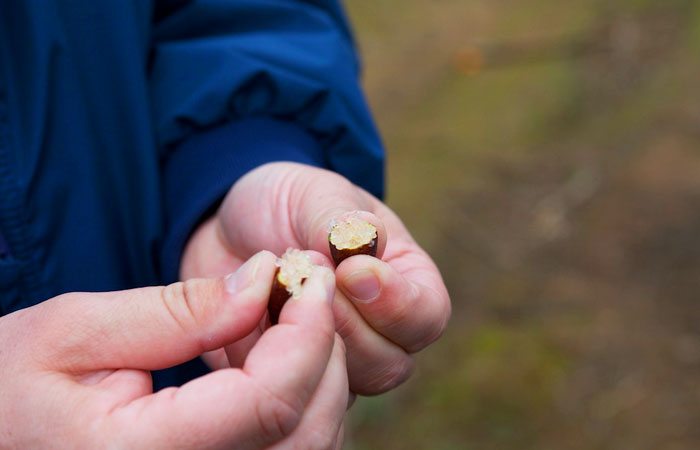
Image c/o Malcolm Manners, Flickr
With an appearance like a Lebanese cucumber, the finger lime is a star ingredient thanks to its delicate pearls of citrus that burst like popping candy. The dynamic flavour and shape of the finger lime’s pearls mean they can be used whenever you need a pop of flavour. Kind of like pomegranate seeds. Try placing a teaspoon of pearls on an oyster or serve with meringue for a burst of freshness.
Bush Tomatoes
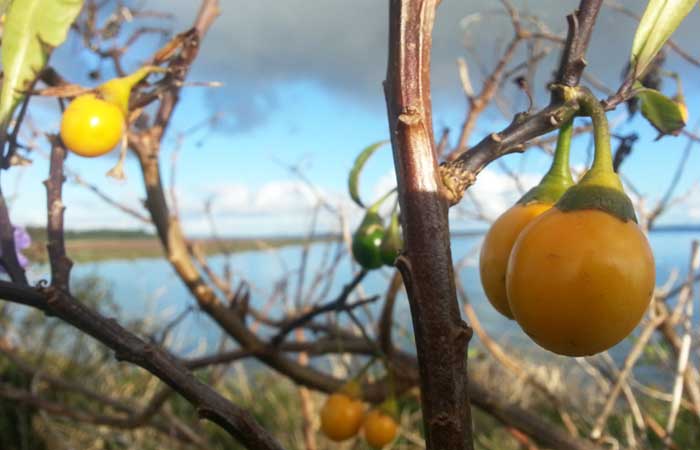
Image c/o Brianna Laugher, Flickr
Also known as Kutjera, there are 100 species of wild tomatoes growing in Australia and only six of these are edible. The savoury caramel aroma adapts well in sauces and relishes. Bush tomatoes can also be dried and added to herb mixtures and rubs.
You can find Australian native ingredients in supermarkets and specialty stores. If you’re looking for a greater variety of ingredients to choose from, you can also purchase from dedicated online retailers such as Outback Pride and Outback Spirit.
Want to taste the real deal? Our guides can teach you the bush tucker basics. Check out our trips for more info.
Feature image c/o Tourism Australia

